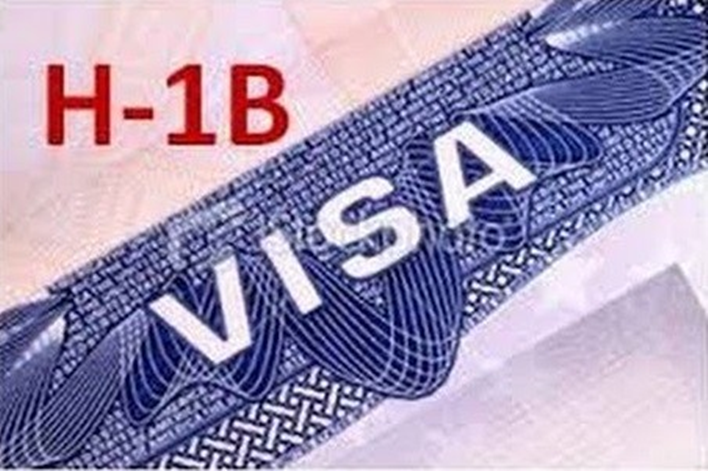The H1-B visa program, designed to bring highly skilled foreign workers into the U.S. labor market, is now under intense scrutiny. Recently released data from the United States Citizenship and Immigration Services (USCIS) reveals a system exceeding statutory limits, raising questions about its impact on American jobs, wages, and the broader immigration landscape.
The H1-B visa program is officially capped at 85,000 annual visas: 65,000 for general applicants selected via a lottery and 20,000 for those with advanced degrees. Yet, USCIS data for fiscal year (FY) 2023 reveals a stark departure from these limits.
In FY 2023, 386,318 H1-B visas were approved, with over 100,000 representing new visas—far surpassing the program’s statutory cap. Loopholes allowing unlimited visas for nonprofits, government contractors, and workers in critical fields have enabled this massive expansion.
Anchored In Oklahoma Podcast
Though the total approvals for FY 2023 represent a 13% decline from FY 2022’s staggering 442,043 visas, the program still operates well beyond its original scope.
Critics have long argued that the H1-B program suppresses wages and limits opportunities for American workers. Data from FY 2023 supports these claims:
- Employer Control: More than 80% of H1-B visa holders remained tied to their original employers, with only 75,843 filing to change employers. This lack of mobility leaves many foreign workers unable to negotiate better wages or working conditions.
- Wage Gap: The median salary for an H1-B worker in FY 2023 was $118,000, far below the $189,000 average compensation for Big Tech employees in Silicon Valley in 2024. This disparity highlights concerns that H1-B workers are being utilized as a cheaper labor source, even in high-paying industries.
While the H1-B program is intended to bring highly skilled workers to the U.S., the data shows troubling trends:
- Over one-third of approved H1-B workers in FY 2023 held only a bachelor’s degree.
- Only 22% had a master’s degree, and a mere 8% held a Ph.D.
Despite these statistics, USCIS approved an astounding 99.9% of H1-B visa applications in FY 2023. Out of 386,559 applications, just 241 were denied. This near-perfect approval rate raises concerns about the rigor of the vetting process, particularly given documented cases of fraud and program abuse.
The H1-B program’s influence extends beyond the workers themselves. In FY 2023, more than 55,000 nonimmigrant visa holders applied to change their status, primarily as spouses or children of H1-B workers.
In total, an estimated 200,000 family members have joined H1-B workers in the U.S., creating a significant multiplier effect. Though the H1-B visa is not explicitly a dual-track program leading to permanent residency, many recipients transition to green cards, effectively establishing a pathway to citizenship.
This evolution of the H1-B program into a de facto immigration pipeline was never its original intent, raising concerns about unchecked growth and potential abuse of U.S. visa policies.
The data highlights the urgent need for reforms to bring the H1-B program back in line with its original goals of addressing labor shortages in specialized fields. Proposed reforms include:
- Stricter Caps and Oversight: Enforcing the statutory cap of 85,000 visas to ensure accountability.
- Higher Wage Thresholds: Requiring employers to offer competitive salaries to prevent undercutting American workers.
- Enhanced Vetting: Increasing scrutiny of applications to reduce fraud and ensure that only the most qualified candidates are approved.
- Limiting Exemptions: Narrowing the use of unlimited H1-B visas for nonprofits and government contractors.
Despite its flaws, proponents argue that the H1-B program is essential for maintaining U.S. competitiveness in global industries like technology, engineering, and medicine. They contend that the program helps fill critical gaps in the labor market, driving innovation and economic growth.
With nearly 400,000 H1-B visas approved annually and the program’s impact amplified by chain migration, the stakes for reforming the system are enormous. Striking a balance between protecting American jobs, supporting economic growth, and ensuring fair treatment for foreign workers will require significant legislative and policy changes.
As the debate continues, the H1-B program remains at the center of broader conversations about immigration and labor policy in the United States. Without meaningful reform, the program risks further straining the job market, exacerbating wage disparities, and undermining public trust in U.S. immigration policies.


